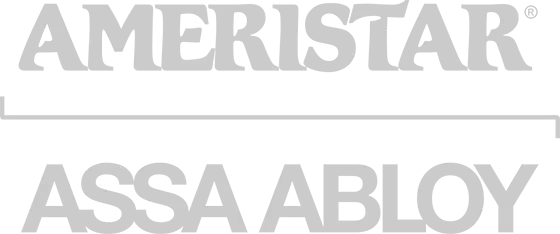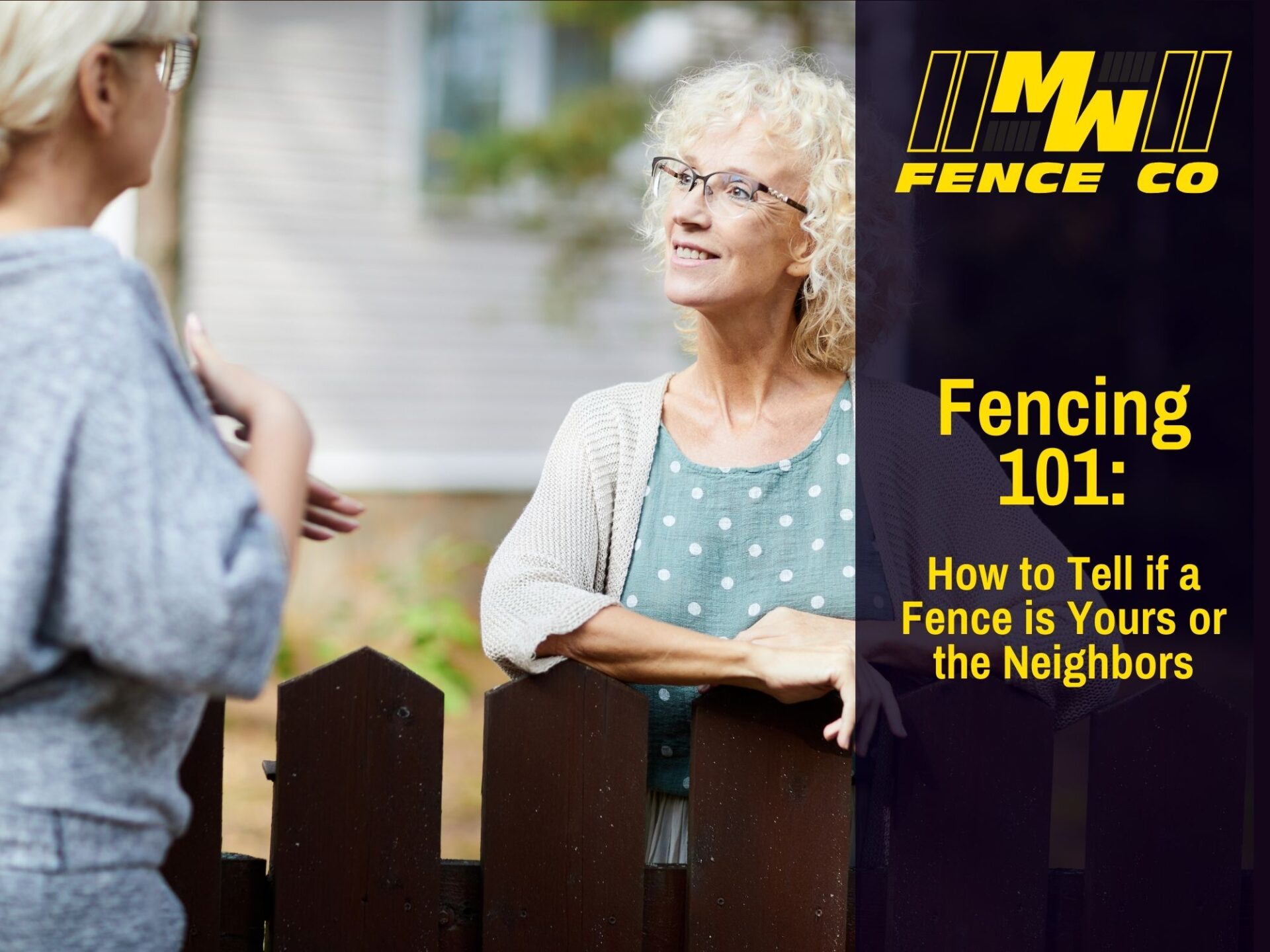Are you considering removing an old fence, installing a new fence, or maybe just closing some gaps between your house and some other existing fence? Or maybe you’re just tired of endless disputes with your neighbor about whose fence it is that divides your yards, and who is supposed to be maintaining it. It can be frustrating and time-consuming trying to figure out who is responsible for the maintenance and repair of a shared fence. In this blog post, we will discuss some ways to help you determine if a fence is yours or your neighbor's, so you can avoid unnecessary conflicts and confusion.
1. Check Your Property Survey and/or Property Pins:
The first step in determining fence ownership is to dig out your property survey. This document will provide you with accurate information about the property lines. Look for any markers, measurements, or notations that indicate the placement of the fence. It might be a good idea to consult a professional surveyor if you are unsure about interpreting the survey.
2. Fence Position:
If the fence is not shown on the survey, you can still use it to potentially identify and locate your property pins, typically iron rods or stakes driven into the ground at the corners of your land. You can run a string from pin to pin to identify the boundaries. Take a careful look at the placement of the fence. Is it on the property line, inside your property, or on your neighbor's property? If the fence is entirely on your side of the property line, it is most likely your fence. On the other hand, if it is positioned entirely on your neighbor's side, it is most likely their fence. If the fence is overlapping the property line, it could be a shared fence. You'll need to communicate with your neighbor to sort it out.
3. Installation and Maintenance History:
Consider the history of the fence's installation and maintenance. Did you hire a contractor or collaborate with your neighbor on the project? If you have proof of the installation and related expenses, it can help determine ownership. Similarly, if you have been solely responsible for the maintenance and repair of the fence, it likely belongs to you.
4. Check Your Deed or Title Documentation:
Reviewing your deed or title documentation can also shed light on fence ownership. Some properties have specific information about shared fences in these legal documents. However, it is essential to note that this information is not always detailed or accurate, so it should not be the sole factor in determining ownership.
5. Reach Out to Your Neighbor
If, after considering all these factors, you are still unsure about fence ownership, it is time to have a peaceful conversation with your neighbor. Open communication and cooperation are keys to resolving any misunderstandings. Avoid confrontations and approach the conversation with a mindset of finding a fair solution. There may be an opportunity to collaborate on maintenance costs or repair work and come to a mutual agreement.
Overall, determining fence ownership can be tricky. However, you can gain a clearer understanding of who is responsible for a particular fence when considering factors such as:
-
- property surveys,
- fence position,
- installation,
- maintenance history,
- and legal documentation.
Remember, peaceful communication with your neighbor is the best way to resolve any disputes and ensure harmonious relations. If you need a hand with building or replacing an existing fence, contact MW Fencing today!



